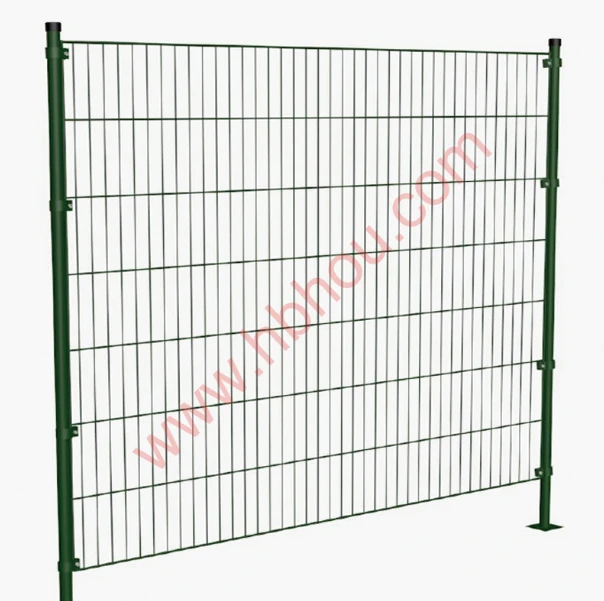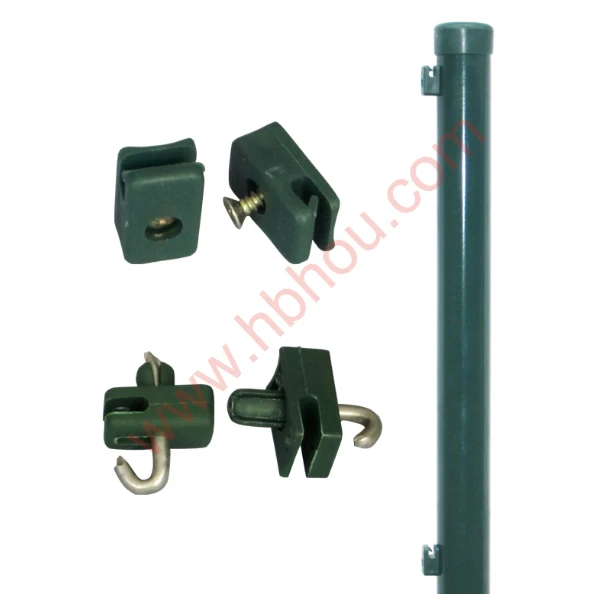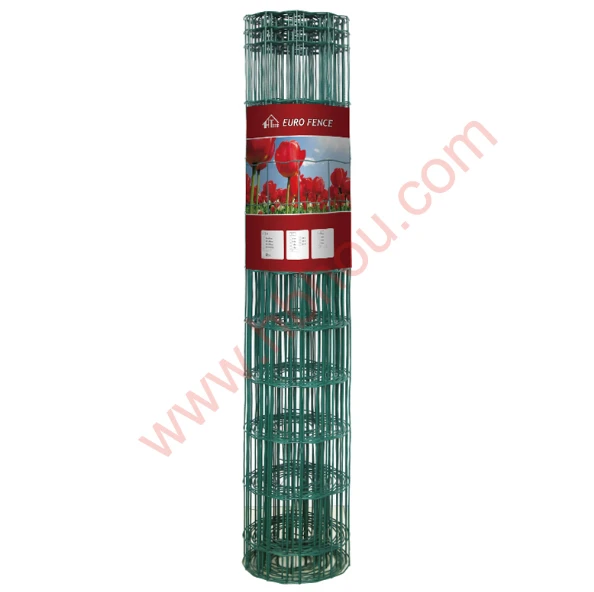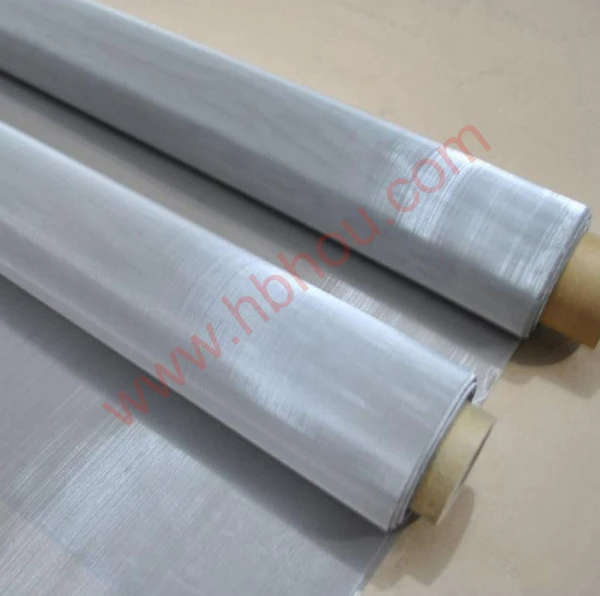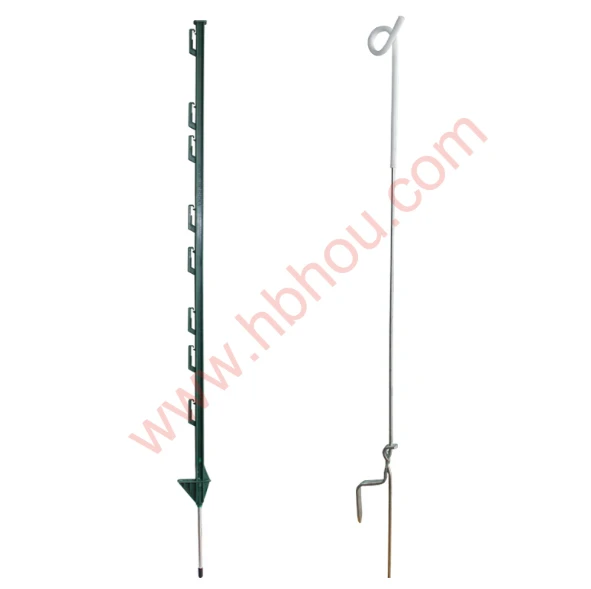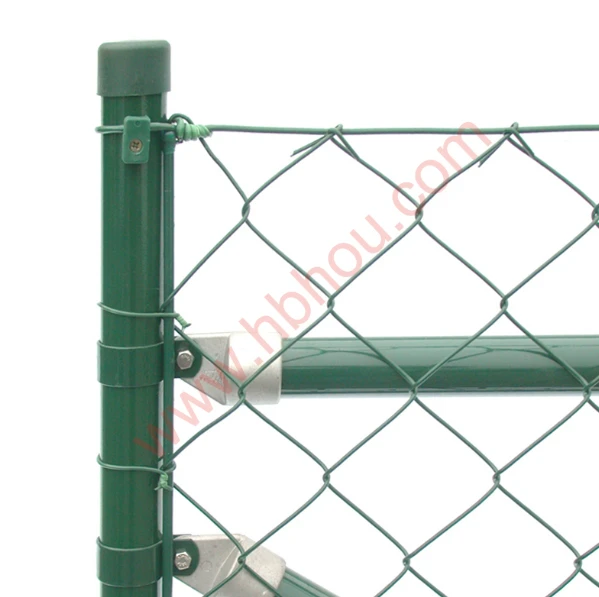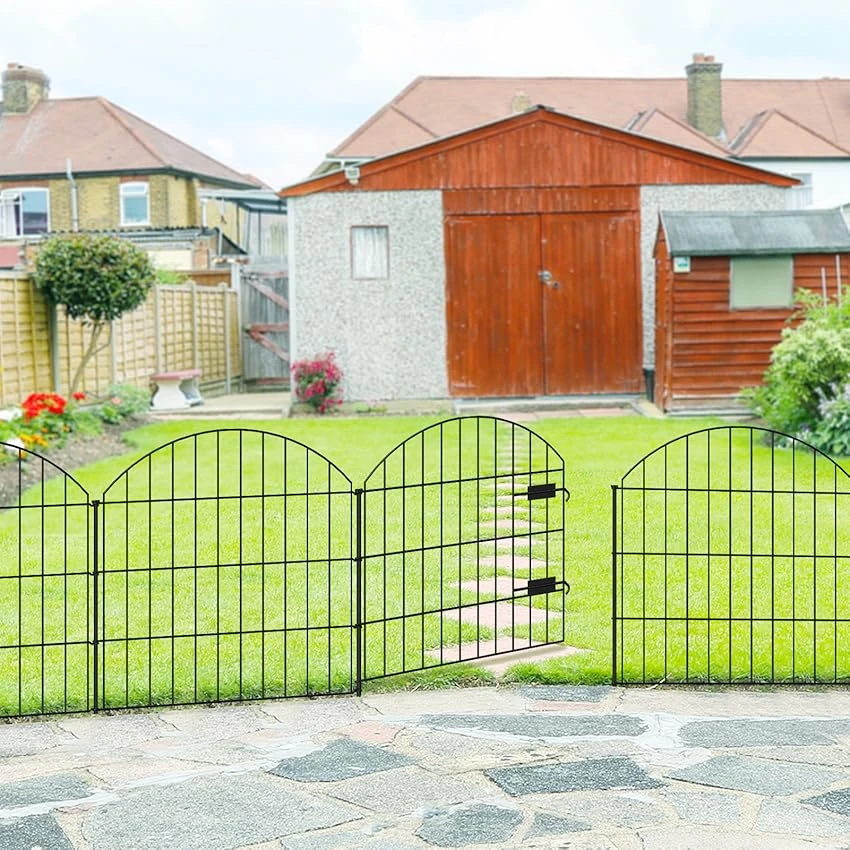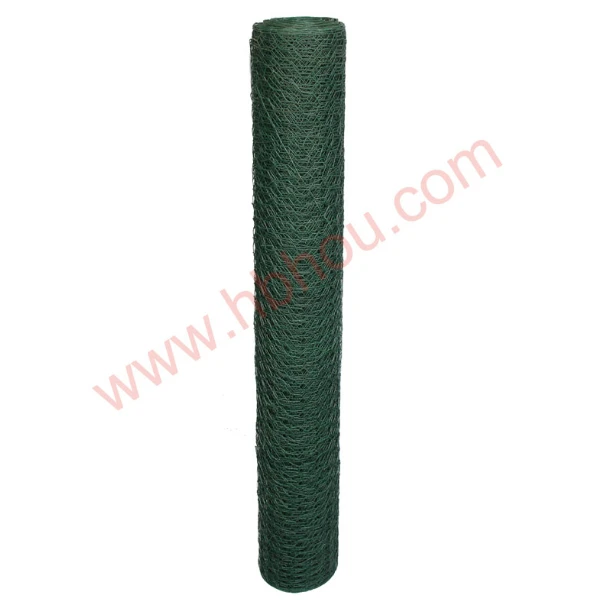The Relationship Between Pepper and Eggplant Stakes Cultivating a Sustainable Garden
In the realm of horticulture, the synergy between plant species can lead to fruitful outcomes, both in terms of yield and sustainability. Among the myriad of vegetable plants that can coexist harmoniously in a garden, peppers (Capsicum) and eggplants (Solanum melongena) emerge as perfect companions. This article delves into their characteristics, benefits, and the innovative use of stakes in cultivating these crops.
Understanding Peppers and Eggplants
Both peppers and eggplants belong to the Solanaceae family, which makes them as compatible as they are delicious. Peppers, available in a variety of types ranging from sweet bell peppers to fiery jalapeños, have become staples in global cuisines. Their vibrant colors and flavors enhance culinary dishes, while also packing a punch of vitamins A and C. Similarly, eggplants, known for their rich texture and unique flavor, are a versatile ingredient found in numerous recipes, enriching diets with their fiber content and antioxidants.
The Importance of Staking
Staking is a horticultural technique that not only supports healthy plant growth but also promotes optimal air circulation and sunlight exposure. Both peppers and eggplants can grow tall and require structural support, especially when laden with fruit. Staking helps prevent branches from breaking under the weight of the produce, thus safeguarding the plant's integrity and prolonging its productivity.
When staking peppers and eggplants, gardeners typically use materials like wooden stakes, plastic supports, or even trellises. Wooden stakes are the most common, providing a sturdy frame for the plants to lean against, which encourages vertical growth. By securing the main stem to the stake using soft ties, gardeners can help the plant grow upright, maximizing space in the garden and allowing for better access to sunlight and nutrients.
pepper and eggplant stakes

Benefits of Growing Peppers and Eggplants Together
Growing peppers and eggplants together in the garden can yield numerous advantages. Firstly, both plants have similar water and nutrient requirements, which simplifies irrigation management. This compatibility reduces the complexity of gardening and helps in maintaining a healthy ecosystem.
Moreover, these plants can naturally deter pests. For instance, the presence of peppers can ward off aphids, which are often detrimental to eggplants. Conversely, eggplants have been noted to attract beneficial insects that target pests harmful to peppers. This mutual benefit helps create a balanced garden environment, reducing the need for chemical pesticides.
Sustainable Practices for the Future
In today's world, promoting sustainability in gardening cannot be overstated. By choosing to grow pepper and eggplant stakes together, gardeners can contribute to biodiversity, improve soil health, and reduce greenhouse gas emissions associated with transporting produce. Additionally, these homegrown vegetables provide fresh, organic food options, thus encouraging healthy eating habits.
In conclusion, the combination of peppers and eggplants in a garden setting exemplifies a harmonious relationship grounded in the principles of companion planting. The practice of staking not only supports the growth and yield of these plants but also embodies the essence of sustainable gardening. Embracing these techniques can lead to a more resilient garden, capable of providing not only nourishment but also a connection to nature. As we continue to explore innovative ways to cultivate our food, let us remember the importance of fostering biodiversity and sustainability in our gardens—one pepper and eggplant at a time.









